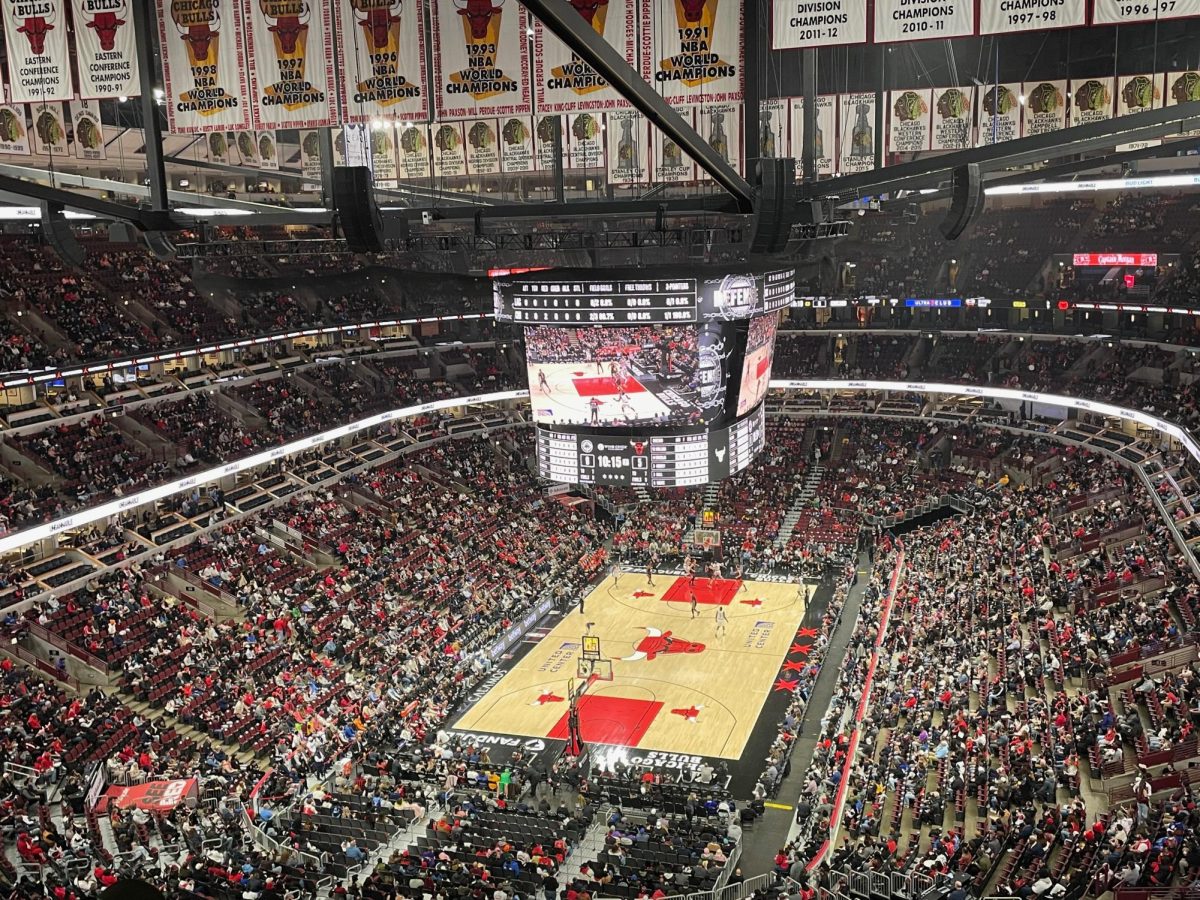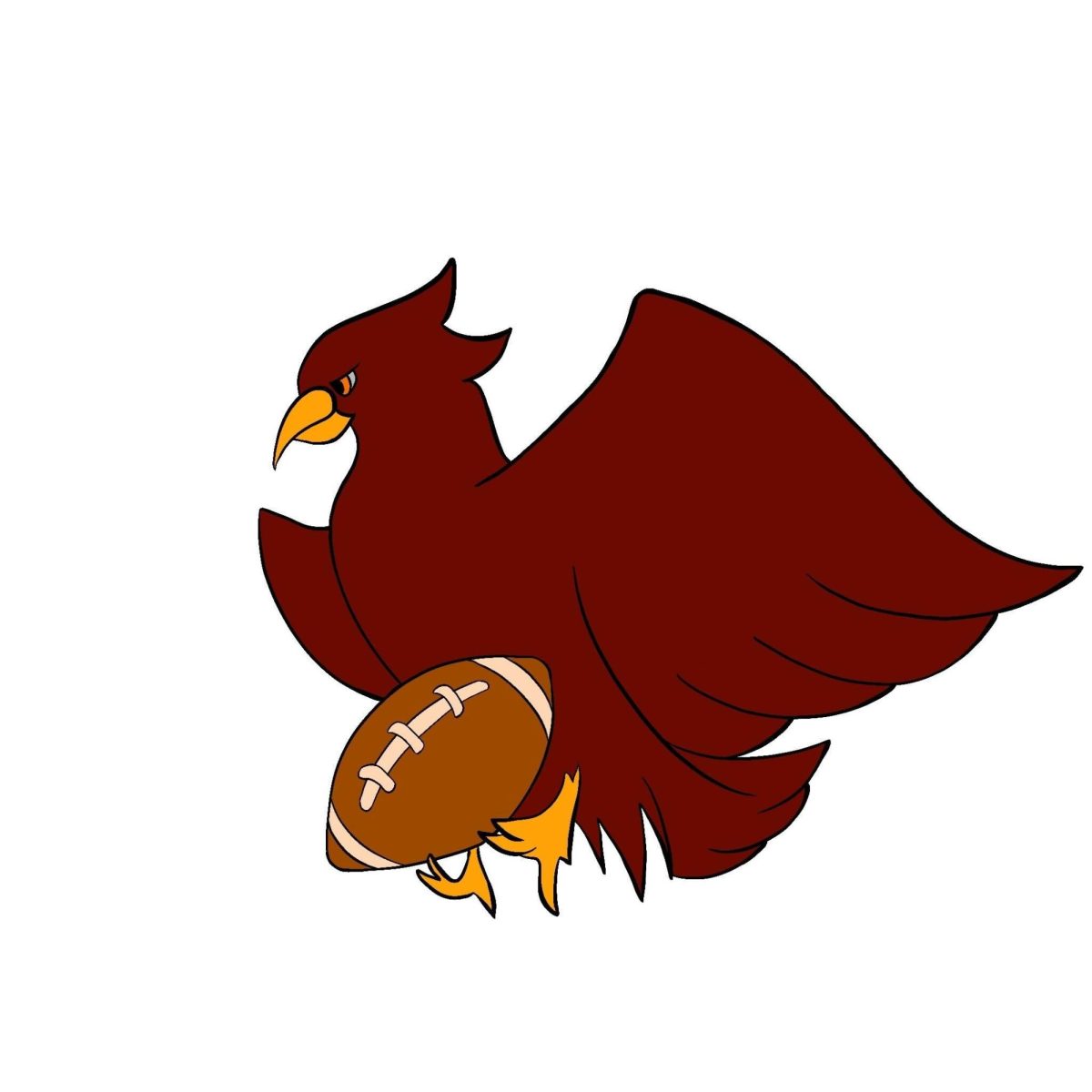As a University of Chicago student, there’s nothing I appreciate more than a break from the cold. Some people out there might not appreciate being quite so warm. As much as we’d like to head down to Florida to beat the winter, the hottest seat in sports right now isn’t any place where the weather’s particularly nice. It’s in Storrs, Connecticut, and the man sitting on it is University of Connecticut men’s head basketball coach Jim Calhoun.
For those of you who missed it, the normally mild-mannered Calhoun lashed out at a reporter who had asked him about the dominance of Providence College’s Ryan Gomes, at one time a potential U-Conn recruit.
Most analysts agree that the question was not well timed, given that Gomes, a Waterbury, Connecticut native, had just scored 26 points and pulled down 12 rebounds against the Huskies in a 66-56 Friars victory.
Calhoun’s response went something like this: “I f***** up, OK? I f***** up! I took Emeka Okafor and Caron Butler. They’re not bad! I can’t get everyone!”
Were Calhoun’s kind words an unreasonable outburst from a coach whose team was ranked first the week before?
Don’t kid yourselves. Calhoun may be leading a top-10 team that was a consensus national championship pick, featuring two Player of the Year candidates and one of the best freshmen in the nation, but the pressure is far from off. Calhoun’s critics won’t be placated unless the Huskies cut down the nets in San Antonio.
As much as anything else in society, sports is a bottom-line business for a coach—you win it all, or you go home crying. The higher the expectations, the more the fans and the media get on you when you fail.
Ask Mike Montgomery, who led Stanford to the Final Four in 2000 and who is still being lambasted for not winning a national championship. Only with Stanford at 16-0 is he starting to receive credit for leading a consistently excellent team with some of the toughest recruiting rules in national college basketball. And watch how quickly that goes up in smoke when a mid-major team beats the Cardinals on a last-minute three in the second round of March Madness.
Similarly, Indiana University head coach Mike Davis was in the national championship game two seasons ago and will have one of the best incoming classes in the nation in Hoosierland next fall. Even he is rumored to be on the chopping block for his team’s rough start in the Big Ten this season.
We put unrealistic expectations on our coaches. Like it or not, the players play the game. Roy Williams is a great coach, but it may be putting too much on him to rank a .500 team among the top 10 in the country when he’s the only significant addition to the program. Instead of worrying about how the losses to Maryland, Florida State, and Clemson are unusual for Williams-lead teams, how about a pat on the back for managing to get the Heels back to the level of national significance?
Don’t think Williams isn’t feeling the pressure, either. If there’s one thing the events of the last few weeks have taught us, it’s that college coaches know how much scrutiny they’re under. Rick Majerus and Rick Pitino, two of the best coaches in the game today, both put their health at risk for long periods of time before getting medical treatment for heart trouble and what might have been cancer. Why? Because it is a cardinal sin to put anything before the dream of a national title—even your own health. So Pitino goes through months of agonizing pain until he simply can’t stand it anymore, and Majerus allows the lifestyle of the coach to push him off of the sidelines and into a hospital bed. One more win really is worth that much to these guys.
Imagine the life led by a major college basketball coach. Every move on and off the court is going to be analyzed by someone. You spend the winter on the court and your offseason on the road recruiting (Majerus lived in a hotel room for 15 years). You work long hours, breaking down film, scouting opponents, searching for solutions to your own weaknesses, all the while attempting to convince a pack of rabid alumni and a posse of glory-driven adolescents that your coaching system works.
And at the end of the day, all the media and fans want to know is, “What have you done for me lately?” You’ve got the national player of the year? Great. Why couldn’t you win the conference tournament? You won the tournament? Fabulous does that explain what happened in the second round in March? You made it to the Sweet Sixteen? Why not the Final Four? National champions, huh? How are you going to get us back here next season?
How long will it be before Air Force fans are demanding Joe Scott’s head on a platter for being unable to take the Falcons to the next level? How many more seasons are Gonzagans going to be content with being a mid-major powerhouse without a national title? How many more conference losses will Marquette fans take before Tom Crean goes back on the market?
Picture Calhoun’s frustration, having just lost a tough game to an extremely talented and underrated Providence squad, knowing he could have had the man behind that defeat in his starting lineup and being immediately taken to task by the relentless media because of it.
Calhoun’s furious response was uncalled for, but it was also understandable. I’m not condoning Calhoun cursing out a reporter who asked a newsworthy question or even coaches lashing out general. But in the pressure cooker of a major college coach position, what he did was almost to be expected. Even the reporter in question agreed, responding to Calhoun’s apology with, “I don’t feel that an apology is necessary.” Coaching might be a dream job, but it can be a nightmare from time to time too.
It is far from remarkable that a normally polite coach would lash out at a question he had been answering since the beginning of the season. What is remarkable is that it doesn’t happen more often.








